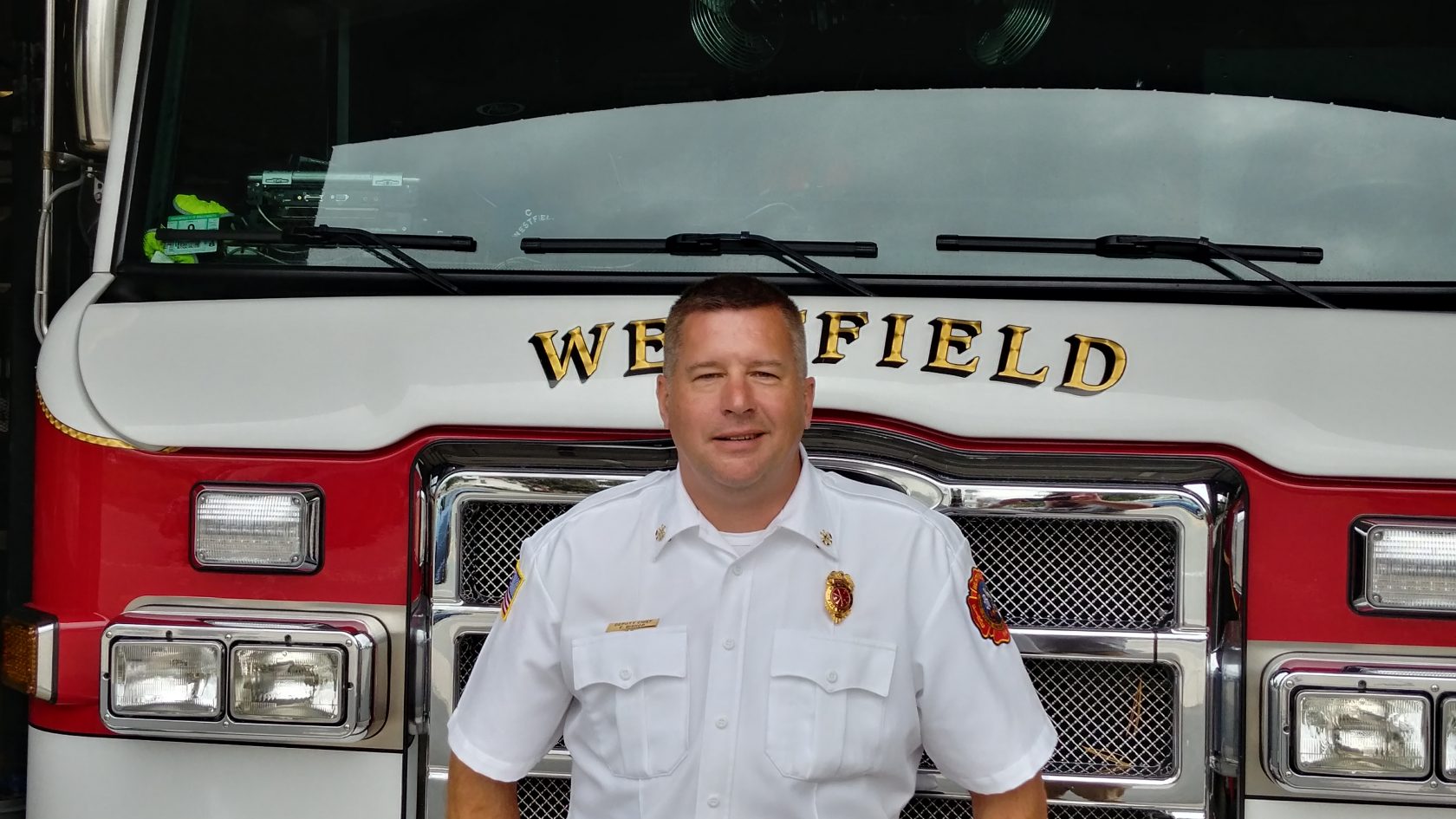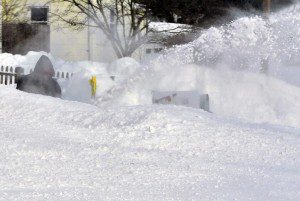WESTFIELD—As we brace ourselves for another week of frigid temperatures, safety must be considered this time of year.
Winter and cold weather can come with a number of unique injuries, so being aware of the risks and practicing safety may help avoid these potentially catastrophic issues this time of year. That way, even if you don’t enjoy the cold, you’re not on your way to the emergency room, as well.
Dr. Murdoc Khaleghi, emergency room physician at Baystate Noble Hospital, and Eric Bishop, Deputy Chief for the Westfield Fire Department, each provided some tips and information regarding cold weather.
First, with it being as cold as it is, be sure to wear warm clothing and be aware of the risks of hypothermia, frostbite and other cold exposure issues.
For hypothermia, it occurs when your body’s temperature drops to 95 degrees Fahrenheit or below, Khaleghi said. Your body works hard to maintain its normal temperature of about 98.6 degrees Fahrenheit, he said, and as the body cools it can have a “hard time maintaining blood flow,” which warms the body.
This can all worsen based on environmental factors, such as air temperature and if someone is wet. Khaleghi said that water is a better conductor of heat than air, so it can dissipate body heat quicker. As for the air temperature, the lower the temperature the quicker hypothermia can set in.
One way the body will attempt to warm itself is by restricting the blood flow to peripheral parts of the body, according to Khaleghi, and you may also shiver.
These are also signs to be aware of when exposed to cold. Other signs from Khaleghi include difficulty breathing, increased heartrate, as well as nausea and confusion, with these becoming increasingly worse as the body feels the effects of the cold even more. Even worse, death could be an end result of hypothermia.
However, Khaleghi said that often the results of hypothermia can be reversible, with treatment in-hospital including warm IV fluid therapy, warm blankets, as well as warming patients with a device that provides warm air.
Other exposure injuries include frostbite and frostnip.
“Frost bite, like hypothermia, most commonly involves peripheral areas where there’s just not as much blood flow,” Khaleghi said.
This could be the fingers or the toes, or exposed body parts like the nose.
Khaleghi said that this is due to inadequate blood perfusion to these areas of the body. If this occurs long enough, then tissue could die.
Khaleghi said some signs and symptoms include blistering, pain, numbness and eventually, skin may fall off.
Regarding frostbite, Khaleghi said that pain is actually better than numbness.
“It tells you the peripheral pain fibers are not going away,” he said.
For treatment, Khaleghi suggested that warm water is helpful.
“This is a case where water’s conductivity is a good thing,” he said. “It can get warmth to the [affected part] fastest.”
Other wintertime injuries include not just exposure, but snow removal.
A number of injuries can happen when clearing snow, not just because of the exertion from removing it, but by the devices involved.
“Most common thing we see from people trying to clear driveways is slip and falls,” Khaleghi said. “Second most common is the hand in the snow blower.”
Injuries can occur due to people clearing their snow blowers, once they become clogged with snow and debris. And while people may assume it is safe to clear a snow blower once it is turned off, this is not the case.
“Even if you shut it off make sure you clear with a stick or broom handle, never ever with your hand,” Bishop said.
“There are rotating parts under a tremendous amount of tension and once free you can sustain injury,” Bishop said. “Turning it off doesn’t relieve the tension.”
Also, when shoveling, it is important to know what your limits are. There are risks involved, including cardiac conditions, as well as less serious issues like muscle strains. These risks can become higher if you’re not accustomed to the amount of physical exertion needed for shoveling.
“For shoveling, use a snow blower and don’t put a hand in it. If you’re going to do shoveling yourself just make sure to do what we’ve always been told—lift with your knees,” Khaleghi said.
He added that if you can, have someone else more accustomed to physical activity perform the task.










